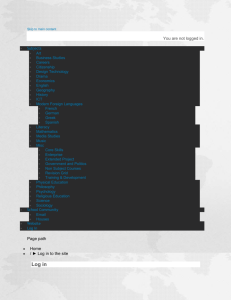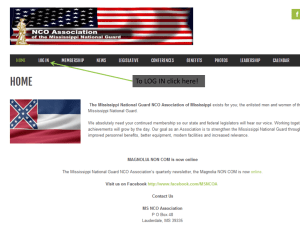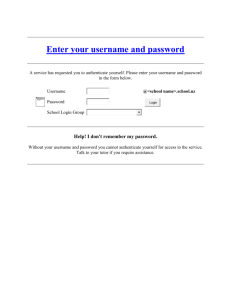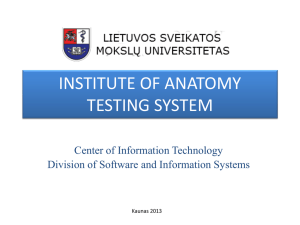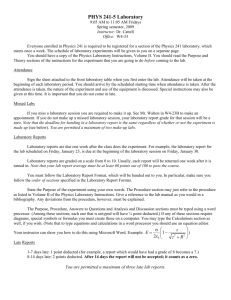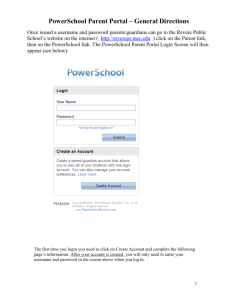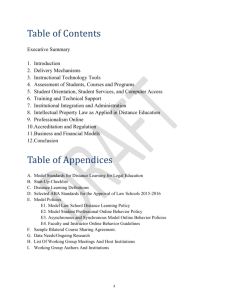(CE) Standardized Terms—Definitions
advertisement
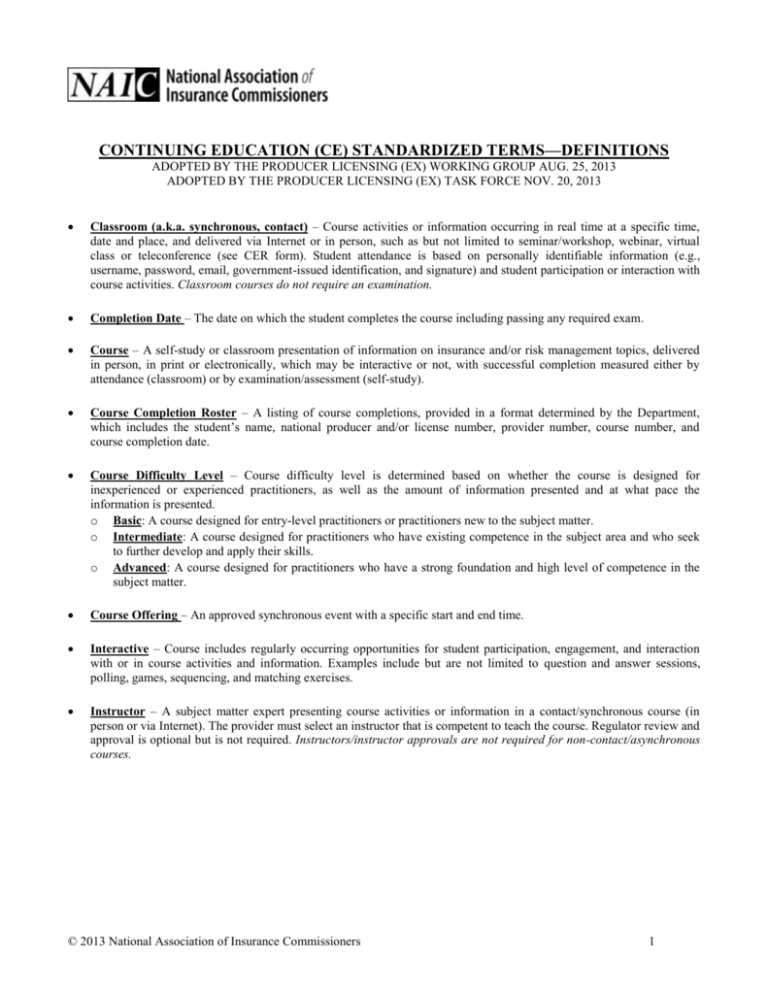
CONTINUING EDUCATION (CE) STANDARDIZED TERMS—DEFINITIONS ADOPTED BY THE PRODUCER LICENSING (EX) WORKING GROUP AUG. 25, 2013 ADOPTED BY THE PRODUCER LICENSING (EX) TASK FORCE NOV. 20, 2013 Classroom (a.k.a. synchronous, contact) – Course activities or information occurring in real time at a specific time, date and place, and delivered via Internet or in person, such as but not limited to seminar/workshop, webinar, virtual class or teleconference (see CER form). Student attendance is based on personally identifiable information (e.g., username, password, email, government-issued identification, and signature) and student participation or interaction with course activities. Classroom courses do not require an examination. Completion Date – The date on which the student completes the course including passing any required exam. Course – A self-study or classroom presentation of information on insurance and/or risk management topics, delivered in person, in print or electronically, which may be interactive or not, with successful completion measured either by attendance (classroom) or by examination/assessment (self-study). Course Completion Roster – A listing of course completions, provided in a format determined by the Department, which includes the student’s name, national producer and/or license number, provider number, course number, and course completion date. Course Difficulty Level – Course difficulty level is determined based on whether the course is designed for inexperienced or experienced practitioners, as well as the amount of information presented and at what pace the information is presented. o Basic: A course designed for entry-level practitioners or practitioners new to the subject matter. o Intermediate: A course designed for practitioners who have existing competence in the subject area and who seek to further develop and apply their skills. o Advanced: A course designed for practitioners who have a strong foundation and high level of competence in the subject matter. Course Offering – An approved synchronous event with a specific start and end time. Interactive – Course includes regularly occurring opportunities for student participation, engagement, and interaction with or in course activities and information. Examples include but are not limited to question and answer sessions, polling, games, sequencing, and matching exercises. Instructor – A subject matter expert presenting course activities or information in a contact/synchronous course (in person or via Internet). The provider must select an instructor that is competent to teach the course. Regulator review and approval is optional but is not required. Instructors/instructor approvals are not required for non-contact/asynchronous courses. © 2013 National Association of Insurance Commissioners 1 Online Course – An asynchronous/non-contact program of study where activities and information are delivered in a recorded, streaming, or multimedia format that concludes with an examination/assessment. Course may alternatively require frequent interaction with courseware as a condition of progressing through the course material, with chapter/section quizzes providing continuous feedback on learning. Personally identifiable information (e.g., username, password, email) and interactivity. Proctor – A disinterested third party, with minimum age of 18 years old who can be any person except for family members or individuals who have a financial interest in the student’s success on the exam. Co-worker proctors must not be above or below in the student’s line of supervision. Proctor Affidavit/Certification – When a student successfully completes a self-study final exam, the proctor must sign an affidavit/certification attesting that the student completed the exam without assistance from any person, course material, or reference material. In addition, proctors must provide their name, address, and phone number to the exam provider. Affidavits/certifications may be administered and signed electronically. Self-study (a.k.a. asynchronous, non-contact) – Course activities or information delivered outside of real time (recorded or otherwise similarly accessible) and available at any time, such as but not limited to correspondence, online training, video, audio, CD, or DVD (see CER form). Student attendance is verified based on identity (e.g., username, password, email, signature) and successful completion of knowledge assessments or an examination. Self-study courses do not require interaction with instructors. Synchronous vs. Asynchronous – A distinction between programs of study that are either “live” or “self-study.” Synchronous learning happens in real time and requires students and instructors to be online (or in class) at the same time. Asynchronous learning involves study materials, assignments and examinations/assessments that can be accessed by students at any time. Teleconference (a.k.a. video conference or Web conference) – A type of classroom study featuring the live exchange of information among several persons who are remote from one another but linked by telecommunications and featuring audio, video, and/or data-sharing and offering opportunities for learner/instructor/facilitator interaction. A synchronous program of study having a specific start time and end time that validates student attendance through personallyidentifiable information (e.g. username, password, email) and interactivity. Credit for course is based on attendance and activity, not examination. Virtual Class/Webinar – A type of classroom study that is instructor-led, delivered using the Internet to remote attendees, with a specific start time and end time, in which students enroll before gaining access to the instructor, information, and course activities. Student attendance is monitored and validated based on personally identifiable information (e.g., username, password, email) and student participation in interactive exercises is required. Credit for course is based on attendance and activity, not examination. W:\National Meetings\2013\Fall\TF\PLTF\NAIC CE Standardized Terms - Definitions 112013.docx © 2013 National Association of Insurance Commissioners 2
